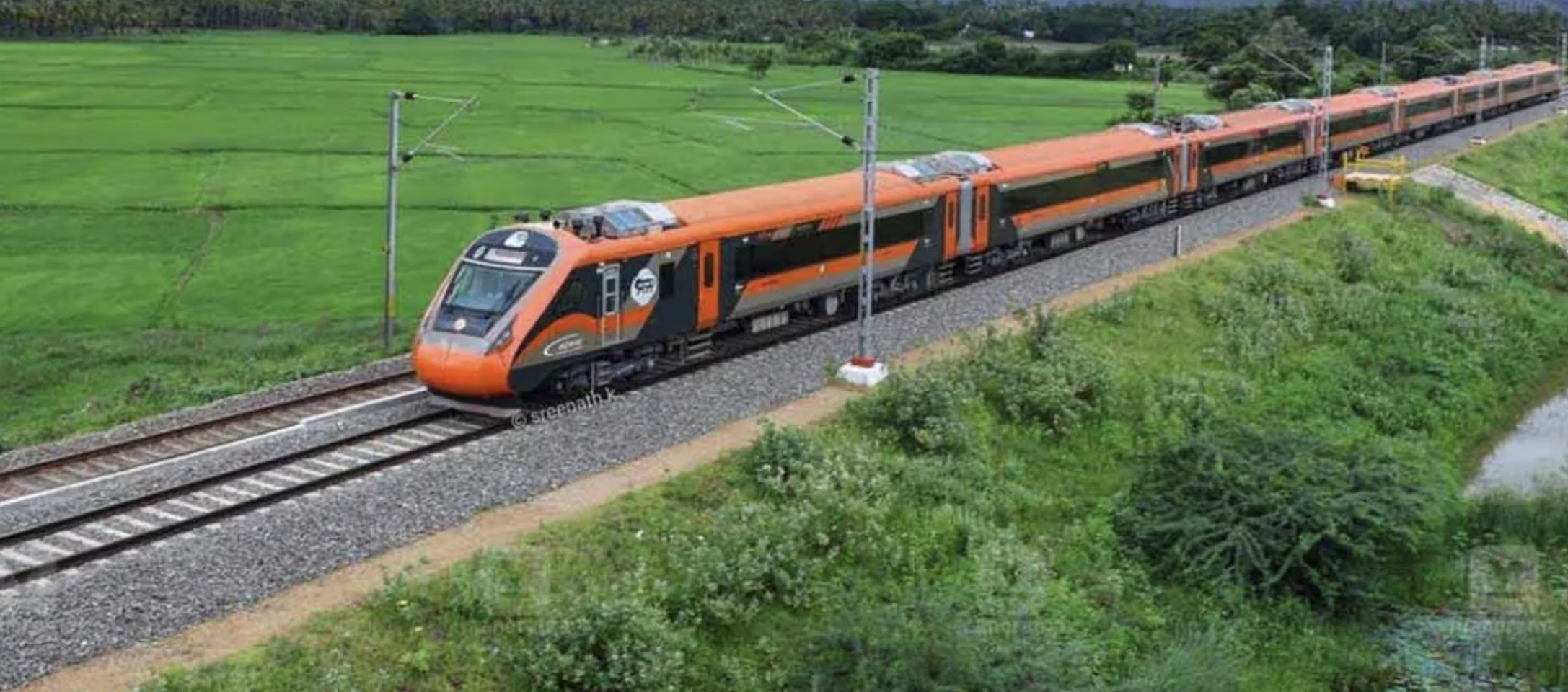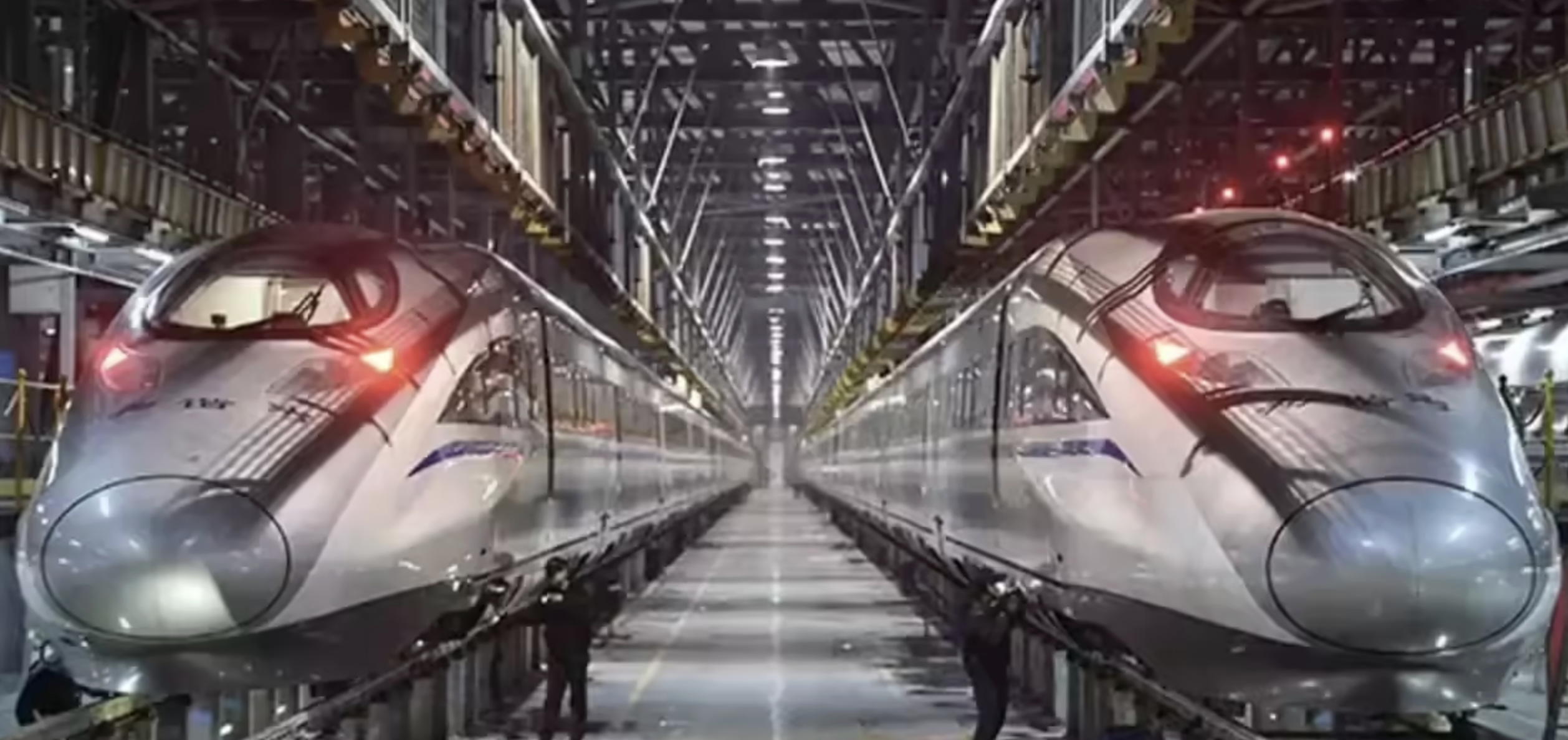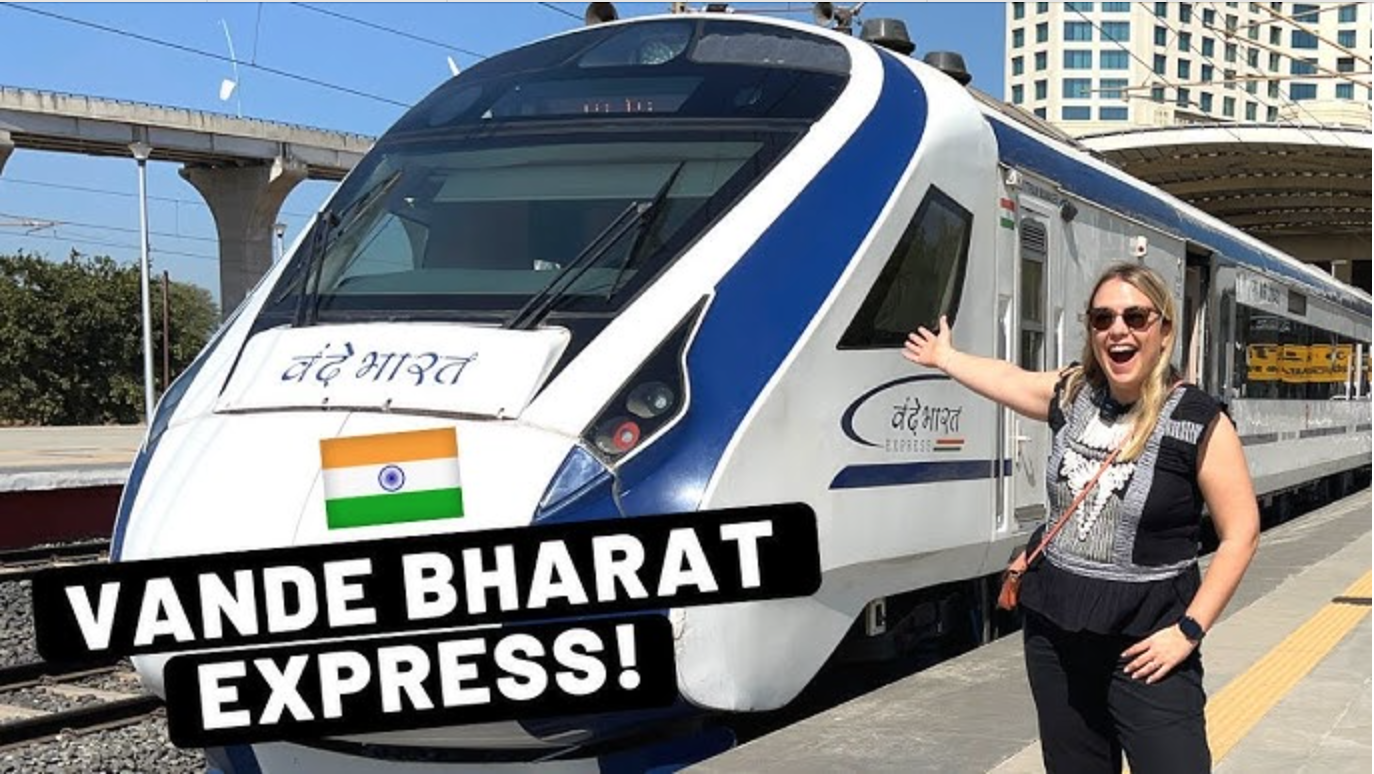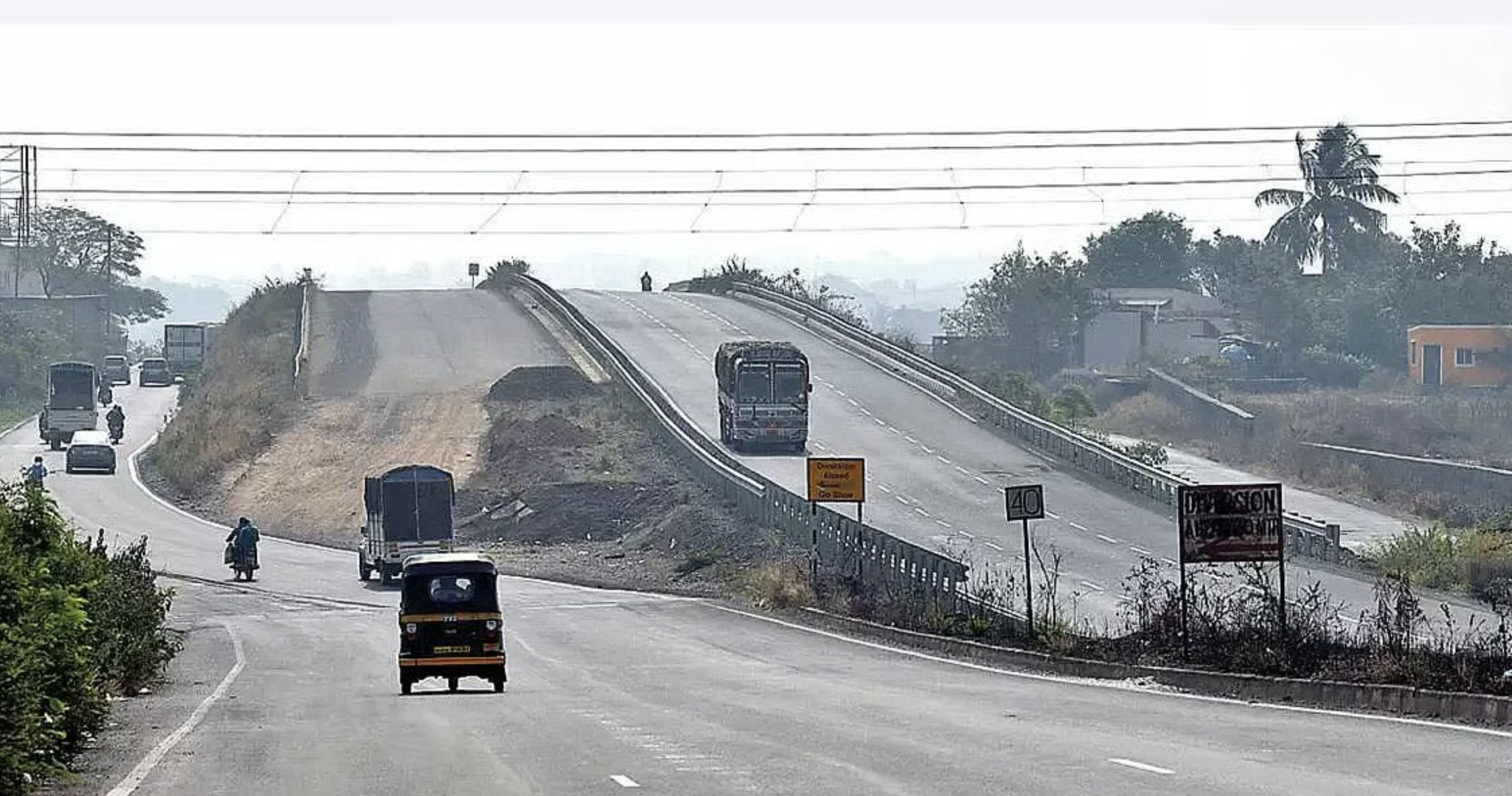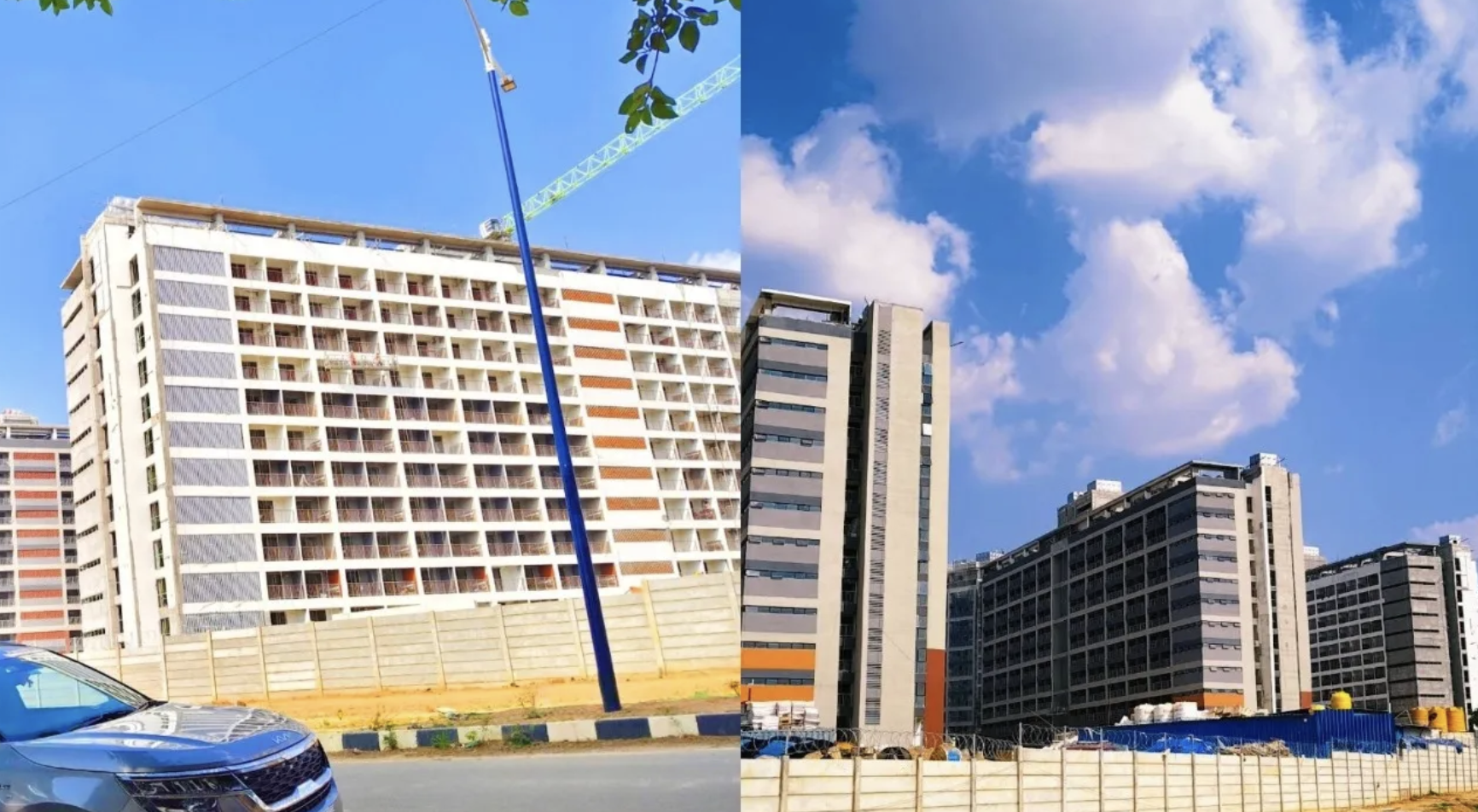There has been a 28% jump in the Indian Railways’ freight and passenger revenue as per the latest reports.
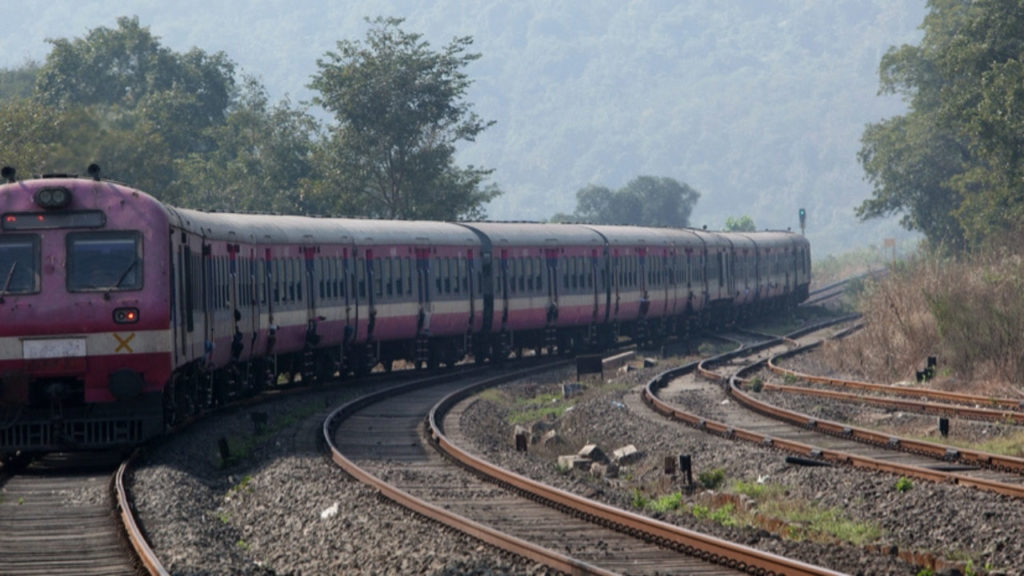
The revenue has now gone up to as much as Rs. 1.9 lakh crores and it was Rs. 1.3 lakh crore during the Financial year up to January 18.
Freight and Passenger Revenue Of Indian Railways Increases by 28%
When compared to the same period last year, the Indian Railways recorded a 28% increase in freight and passenger revenue, which rose to Rs 1.9 lakh crore from just under Rs 1.3 lakh crore. Coal, cement, and chemicals helped the state-run transporter increase its earnings.
The railways are adding about 2,000 wagons per month due to increased demand for freight transportation. The Railways is on track to meet the full-year target in the upcoming weeks with 81% of the budget target of Rs 2.3 lakh crore of its budgeted earnings for the current fiscal year, though it may be revised higher when the budget is presented on February 1.
According to official data, passenger revenue reached a record high of Rs 52,000 crore during the fiscal year that ended on January 18 and surpassed the previous record of Rs 51,000 crore set during the previous fiscal year. Earnings from freight increased 15.6% to Rs 1.3 lakh crore during the fiscal year that ended on January 18.
Loading Speed Increased In Several Segments
According to official sources, the loading speed has dramatically increased in several segments. For instance, there are currently 530 rakes or so of coal being loaded across the nation as opposed to 465 rakes or so a year ago. In the case of iron ore, loadings have increased from 108 to 117 rakes per day
The total revenue of the Indian Railways during fiscal 2021-22 was Rs. 1,91,278.29 crore. The overall revenue of Indian Railways at the end of August 2022 was Rs. 95,486.58 crore, up 26.271.29 crore or 38% from the same period last year, according to an official statement issued on Sunday.
The revenue from passenger traffic was 25,276.54 crore, a 13574.44 crore (116%) increase year on year.
Passenger traffic increased in both reserved and unreserved segments compared to last year. The growth in long-distance reserved mail express trains has been faster than in passenger and suburban trains, according to the Railways.
